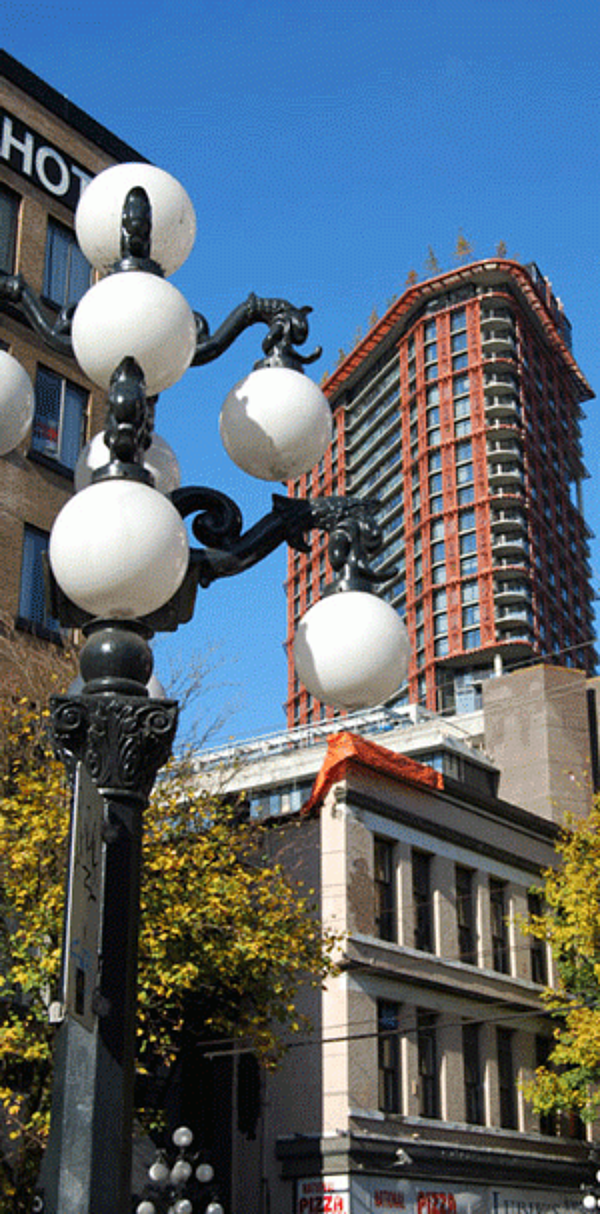Specifying Duplex Systems

Duplex systems combine the superior protection of galvanized steel with the additional benefits of another corrosion protection system, such as powder coating or paint, to extend the corrosion protection of the piece even further. Using the two coatings in tandem extends the service life and/or extends the maintenance cycle.
The synergistic effect of using two coatings extends the service life for unparalleled corrosion protection, while the metallurgically-bonded galvanized coating serves as an ideal primer to provide an impervious barrier for the base steel. When paint and galvanized steel are used together, the corrosion protection is superior to either protection system used alone and can last from 1.5 to 2.5 times the combined lifetimes of both systems. In other words, if you had a paint system that lasts 10 years and a hot-dip galvanized system expected to last 70 years, the duplex system would last 120-200 years if you just let the paint and galvanizing wear away naturally.
The probability of specifying a duplex system and letting it weather away without maintenance is slim, so in a more practical sense, the added benefit of the system is that it extends the paint/powder coating maintenance cycle 1.5 to 2 times what it would be on bare steel. This extended maintenance cycle results in significant cost savings over the life of the project. To compare the initial and life-cycle cost of a duplex system to paint on bare steel, visit lcc.galvanizeit.org. You can also download the AGA publication Duplex Systems: Painting Over Hot-Dip Galvanized Steel.
In addition to providing unparalleled corrosion protection, a duplex system allows a great deal of design freedom leading to an uptick in their specification. There are a number of examples of successful duplex projects in the AGA Project Gallery; however, the common denominator to a great duplex coating is proper surface preparation. The following ASTM specifications have been developed based on experience and historical data to aid in the preparation of galvanized steel for paint and the preparation of hot-dip galvanized steel for powder coating, respectively:

ASTM D6386
Practice for Preparation of Zinc (Hot-Dip Galvanized) Coated Iron and Steel Product and Hardware Surfaces for Painting details the best practices for preparing the hot-dip galvanized steel surface for paint. The specification includes preparing three different galvanizing surfaces based on the age of the coating (development of the zinc patina). Each condition (newly galvanized, partially weathered, or fully weathered) require slightly different steps to ensure proper paint adhesion.
ASTM D7803
Practice for Preparation of Zinc (Hot-Dip Galvanized) Coated Iron and Steel Product and Hardware Surfaces for Powder Coating provides the proper surface preparation of hot-dip galvanized steel for powder coating. The powder coating process involves heating the steel, unlike painting, so there are separate guidelines for this process. The specification identifies two galvanized steel surface conditions: newly galvanized and partially weathered and includes an additional outgassing step.
